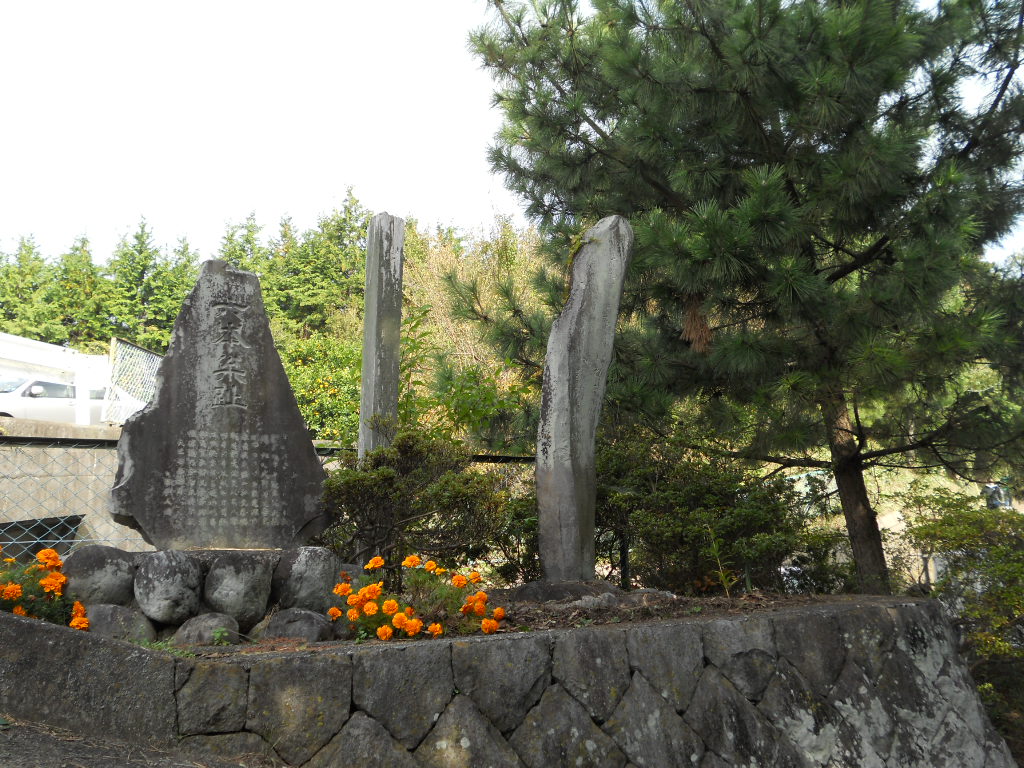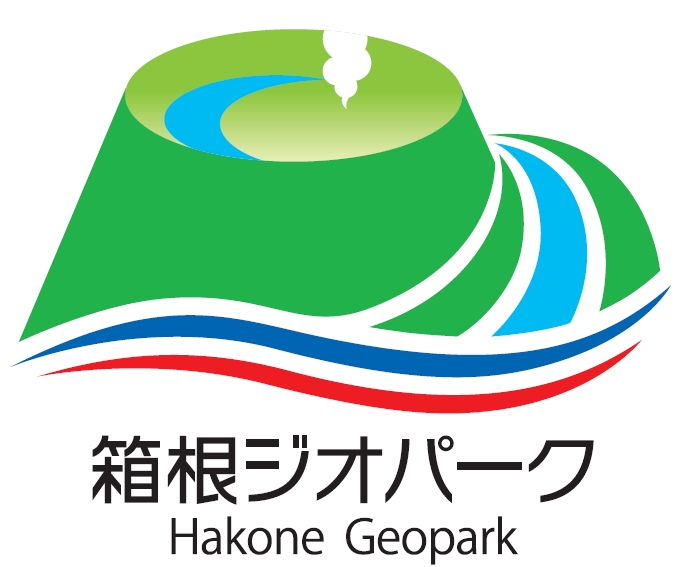The Ropponmatsu ruins are the site of six old pine trees, that are a landmark of a mountain pass that crosses over the terrain known as the Soga Hills on the western edge of the Oiso Hills. The Soga Hills are a topographically difficult area and include the highest point of the Oiso Hills (328m: Mt. Fudo). The path that passes through the Ropponmatsu ruins is the easiest path to pass over the difficult areas. You can also enjoy a good view of the Ashigara Plain and the Hakone Volcano from here.
Since ancient Chiyodai was the capital of Shichokuni, and it was presumed that all travelers from the west stopped here and took this route to their destination, Bando or Ou (Yugedokyo, Geko, etc.). Later, Minamoto Yoritomo established the shogunate in Kamakura, and passed through this road to go to the capital and for Fuji hunting, and even now there are place names such Kamakurayama, Shogunyama, and “Daikange” for the place where the powerful Nakamura clan came to welcome him. This is also the Kamakura road where the powerful families of this region would visit Kamakura and is also the pilgrimage route from the 5th Shofuku-ji Temple of the Bando 33rd Kannon, to the 6th Hasedera Temple.
Famous haiku poets like Basho and Buson also composed haiku about the scenery of Soga Village. The last large pine tree from which the location gets its name, unfortunately ended its long life at the end of the Meiji period.

